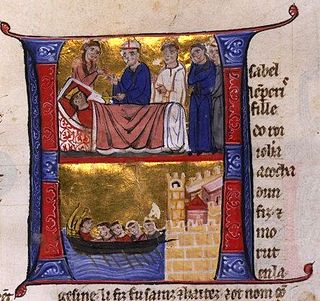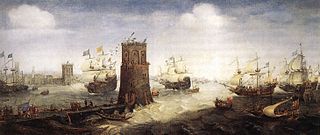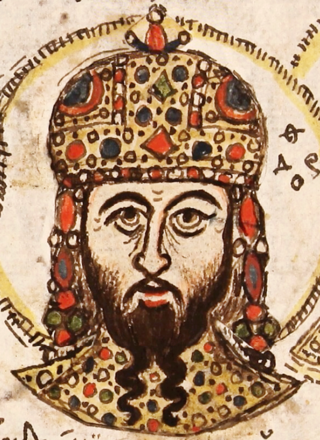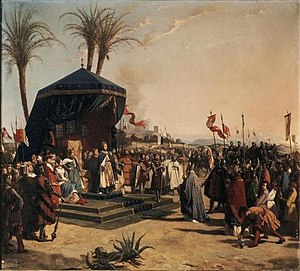
Year 1220 (MCCXX) was a leap year starting on Wednesday of the Julian calendar.

Year 1229 (MCCXXIX) was a common year starting on Monday of the Julian calendar.

Year 1238 (MCCXXXVIII) was a common year starting on Friday of the Julian calendar.

Year 1248 (MCCXLVIII) was a leap year starting on Wednesday of the Julian calendar.

Year 1221 (MCCXXI) was a common year starting on Friday of the Julian calendar.

Year 1227 (MCCXXVII) was a common year starting on Friday of the Julian calendar.

Year 1228 (MCCXXVIII) was a leap year starting on Saturday of the Julian calendar.
The 1210s was a decade of the Julian Calendar which began on January 1, 1210, and ended on December 31, 1219.
The 1220s was a decade of the Julian Calendar which began on January 1, 1220, and ended on December 31, 1229.
The 1230s was a decade of the Julian Calendar which began on January 1, 1230, and ended on December 31, 1239.
The 1240s was a decade of the Julian Calendar which began on January 1, 1241, and ended on December 31, 1250.

Year 1290 (MCCXC) was a common year starting on Sunday of the Julian calendar.

Year 1218 (MCCXVIII) was a common year starting on Monday of the Julian calendar.

Year 1219 (MCCXIX) was a common year starting on Tuesday of the Julian calendar.

Year 1193 (MCXCIII) was a common year starting on Friday of the Julian calendar.

Year 1239 (MCCXXXIX) was a common year starting on Saturday of the Julian calendar.

Year 1244 (MCCXLIV) was a leap year starting on Friday of the Julian calendar.

Year 1254 (MCCLIV) was a common year starting on Thursday of the Julian calendar.

The Seventh Crusade (1248–1254) was the first of the two Crusades led by Louis IX of France. Also known as the Crusade of Louis IX to the Holy Land, it aimed to reclaim the Holy Land by attacking Egypt, the main seat of Muslim power in the Near East. The Crusade was conducted in response to setbacks in the Kingdom of Jerusalem, beginning with the loss of the Holy City in 1244, and was preached by Innocent IV in conjunction with a crusade against emperor Frederick II, Baltic rebellions and Mongol incursions. It initially met with success but ended in defeat, with most of the army – including the king – captured by the Muslims.

The Battle of Mansurah was fought from 8 to 11 February 1250, between Crusaders led by Louis IX, King of France, and Ayyubid forces led by Sultana Shajar al-Durr, vizier Fakhr ad-Din ibn as-Shaikh, Faris ad-Din Aktai and Baibars al-Bunduqdari. It was fought in present-day Mansoura, Egypt. The Crusader force was enticed into entering the town where it was set upon by the Muslim force. The Crusaders withdrew in disorder to their encampment where they were besieged by the Muslims. The Crusaders broke-out and withdrew to Damietta in early April.















